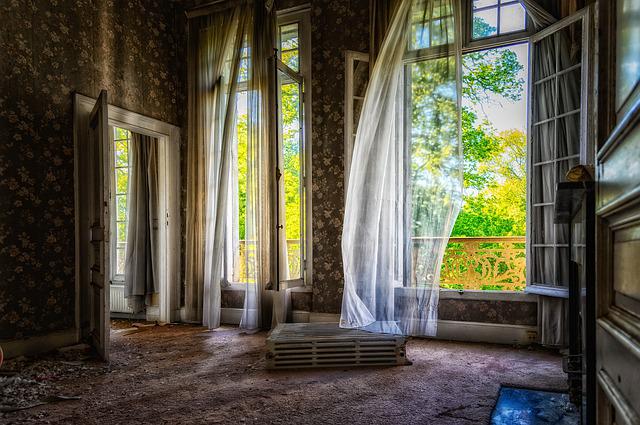What Are The Different Types Of Wallpapers Out There?
When most people think of wallpaper, they think of the classic patterned paper that is hung on walls to cover up old paint or to add some character to a room. Wallpaper has come a long way since then, and there are now many different types available that can be used for different purposes.
One popular type of wallpaper is vinyl wallpaper. This is made from PVC, which makes it durable and water-resistant. It is ideal for use in kitchens and bathrooms, and it comes in a variety of patterns and colours.
Another type of wallpaper that is becoming increasingly popular is eco-friendly wallpaper. This is made from materials such as bamboo, cork, or jute, which makes it sustainable and environmentally friendly. It is also biodegradable, so it can be easily recycled or composted when you are ready to remove it.
How to Choose the Right Wallpaper for Your Space
When it comes to wallpaper, there are so many options to choose from. It can be overwhelming, but with the right tips, it can be easy to find the perfect wallpaper for your room.
To start, you\’ll want to think about what type of look you\’re going for. Are you looking for a classic or traditional look? A modern and trendy look? Or maybe something more whimsical? Once you\’ve decided on the overall style of your room, it will be easier to narrow down your options.
Start by thinking about the style of your room. What type of furniture and decor do you have? Is your space more traditional or contemporary? Once you have a general idea of the style, you can start looking for wallpaper that fits that aesthetic.
Next, consider the size and shape of your room. Not all wallpapers are created equal – some are better suited for smaller spaces while others work well in larger rooms. If you have a particularly odd-shaped room, there are even speciality wallpapers that can help disguise those quirks.
Finally, think about what kind of mood you want to create. If you\’re going for a cosy vibe, choose a soft fabric wallpaper with lots of texture. For a bright and airy look, go with a light colour or patterned wallpaper with lots of negative space.
Which Room Type are You Most Likely to Want Wallpaper For?
If you\’re considering wallpaper for your next home project, you may be wondering which room type is best suited for the treatment. While just about any room can benefit from a touch of wallpaper, there are a few that tend to look particularly good with it.
One option is to go with wallpaper for your living room. This is a space where you\’ll likely want to create a cosy and inviting atmosphere, and wallpaper can help to achieve that goal. There are many different styles of wallpaper that can work well in a living room, so you should have no trouble finding one that suits your taste.
Another room type that often looks great with wallpaper is the bedroom. Again, there are many different styles to choose from, so you can find one that will fit in with the overall aesthetic of your bedroom.
Quick Tips on How to Apply Wallpaper Directly to Walls
Preparing the walls is key before you hang wallpaper. You want a smooth surface for your wallpaper to stick to so that it does not peel or bubble. Remove any posters or stickers from the wall so that the adhesive remains upright. If your walls are not in great condition, you may need to do some repair work before hanging your wallpaper. Patch any holes or cracks with spackling compound and then sand the surface smooth. Wipe down the walls with a damp cloth to remove any dust or debris.
Before you get started, make sure you have all of the supplies you need. This includes wallpaper paste, a brush or roller, a level, a tape measure, and scissors. If you\’re using pre-pasted wallpaper, no paste is necessary.
Cut your wallpaper to size if it\’s too big for the wall. Be sure to overlap panels by at least 1 inch so that you won\’t see any seams later on. Get started by spreading a layer of adhesive onto the wall with a paint roller. Be sure to use enough adhesive so that the paper will stick securely to the wall. Carefully peel back a section of the wallpaper and apply it to the adhesive on the wall.
